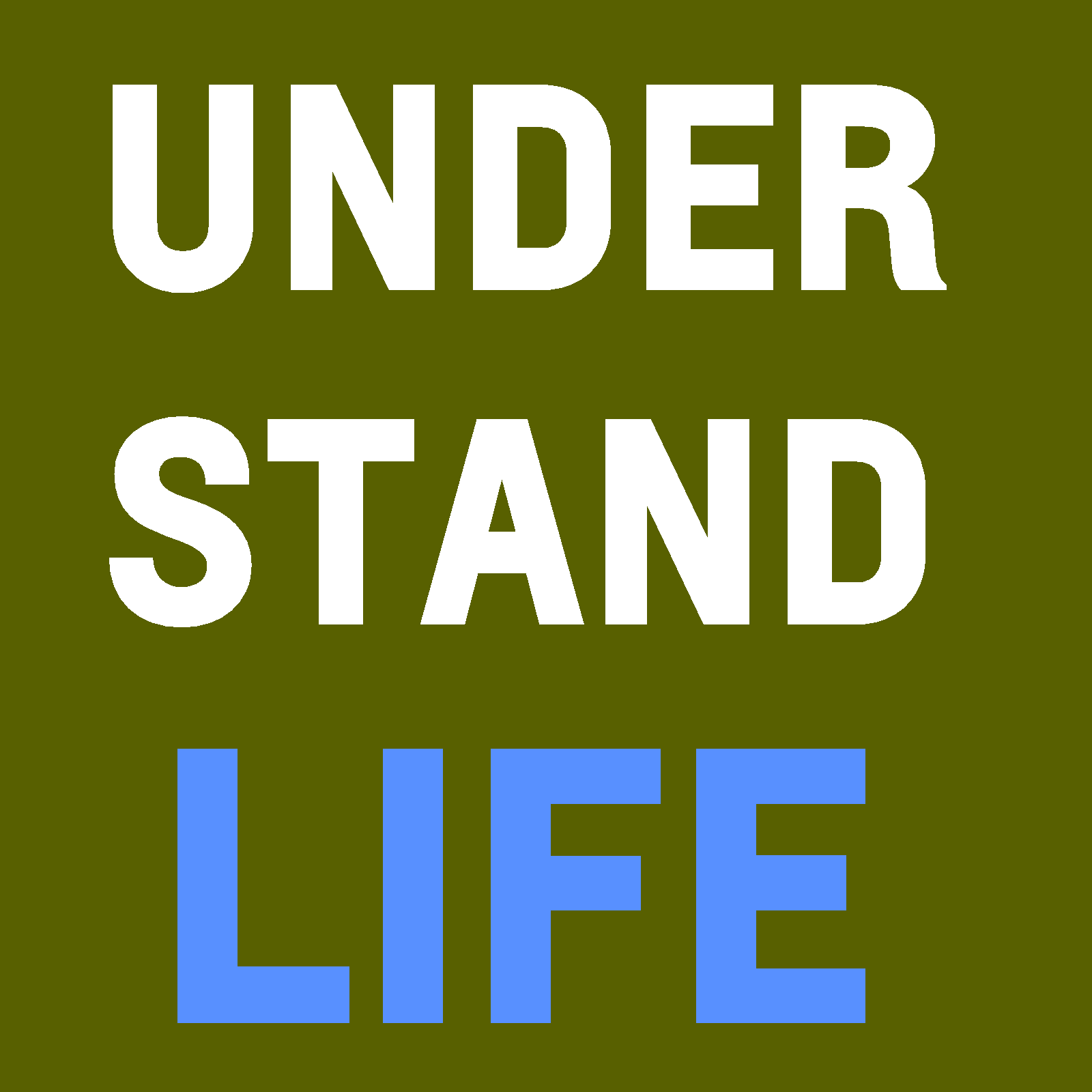
Episode 35.
Expected Value
Question:
Is This Worth the Risk?
Key Points:
- Expected Value is how much you will get if you make the same decision time and time again
- Made Up Game Example:
- Game is setup such that there are 8 boxes. In one of the boxes is a bomb (a.k.a. a whammie). In all of the other boxes, there is a single piece of gold
- The question is: how many boxes should you try to open
- When you make a choice to open each box, the expected value can easily be calculated by multiplying the amount you would lose (which is what you already have) by the odds of getting a bomb and adding that to the amount you would make (in this case always 1 gold) times the odds of opening a box with gold
- When opening the second box, you already have 1 piece of gold. The odds of getting a bomb is 1/7. The odds of getting a peice of gold is 6/7. So, the expected value = (-1 * 1/7) + (1 * 6/7) = 5/7 of a gold piece
- When you are about to open the fourth box, you already have 3 gold pieces, so if you get a bomb, you'll get -3 gold. The odds of getting a bomb is 1/5. The odds of getting 1 gold piece is 4/5. So, the EV = (-3 * 1/5) + (1 * 4/5) = 1/5 of a gold piece
- When you are about to open the fifth box, you already have 4 gold pieces, so if you get a bomb, you'll get -4. The odds of hitting a bomb are 1/4. The odds of getting 1 gold piece is 3/4. So, the EV = (-4 * 1/4) + (1 * 3/4) = negative one fourth of a piece of gold.
- Therefore, you should open the fourth box, but you should not open the fifth box. Even though a majority of the time (3/4s) you will get lucky and not hit the bomb.
- In Deal Or No Deal, one could theoretically calculate out what the EV is of their case, given the information at hand. This information can be used to determine if the offer made by the banker should be taken or not
- If there is a single box with a really big value (e.g. In the game above, 100 pieces of gold in 1 box but everything else has only 1 gold), all that matters is that box. Keep trying until you get that box and then stop.
- Let's talk about the lotery
- It is possible for lottery payout to be greater than the odds. e.g. if the odds are 1 in 300 million and the payout is 600 million, buying a ticket for $1 has an EV of a positive 1 dollar.
- This does not necissarily mean that you should buy a ticket, though, because even though your EV is possitive, there's a very good chance that your actual result will be negative.
- So, EV is only one consideration, but it isn't the only one, especially if the EV is vastly different unless an extremely unlikely result happens, such as in the case of the lottery
- Lunch example:
- If there are two options: a $6 meal and a $10 meal. Let's say the $6 meal is less health and you're not really in the mood
- You can convert things, such as the lack of healthiness, into a different value, such as the amount of time you'll need to exercise. Then, that time can be converted to an amount of money based on how much you believe your time is worth
- How much you are "in the mood" for something should affect your decision is a choice you need to make as well. This depends more on where you are at financially and budget-wise. If you have plenty of money to be able to spend on your desires, then this should have essentially infinite value. On the other hand, if you're practically broke, then this should have no value. For most of us, there is a value, but it's not that high.
- For a "preference", I usually calculate the EV assuming my preference does not have a value and then think: am I really willing to spend X dollars more on this thing just because I would prefer it. Sometimes the answer is yes and sometimes it's no.
- One other tricky situation is learning. This gets into "Explore/Exploit theory", but the high level thought is that if learning something will potentially provide real value for a long time in the future, then that value gets pretty high pretty fast
- E.g. if you learn something and it allows you to save money or time with a value of only 1 cent/day, but it's for the rest of your life, that could still be pretty large. For my daughter, she has probably 25,000 days left in her life (maybe), so, that would be worth $250. So, if the price of learning that thing is less than say $100, then it's probably well worth it.
- The reason people go to the doctor is because there is a small probability of something really major and the potential cost is really high. If people feel like the potential cost is high enough, then people go to the doctor.
- Sometimes our intuitions are correct, but sometimes we have biases (meaning that our decision making process is tilted a little bit to one side).
- Availability Bias is assuming that things that I can think of are more likely than things I can't, which isn't always true.
- When calculating EV, it's best to try to get some probability information rather than guessing because we may be biased, but sometimes, all you can do is guess
